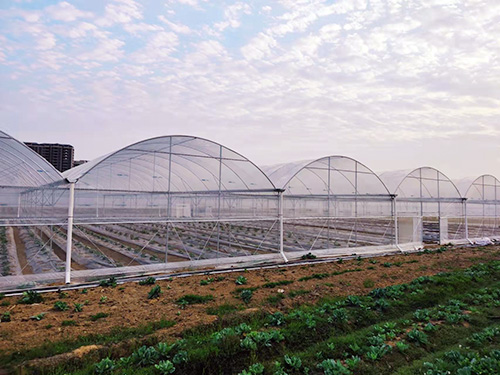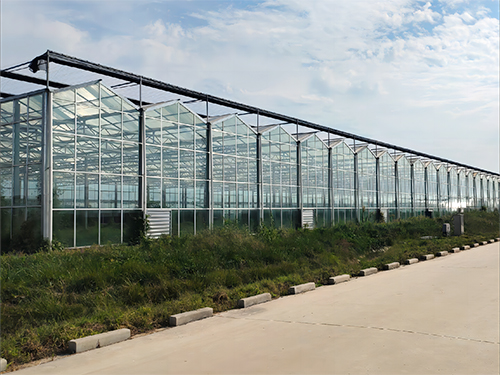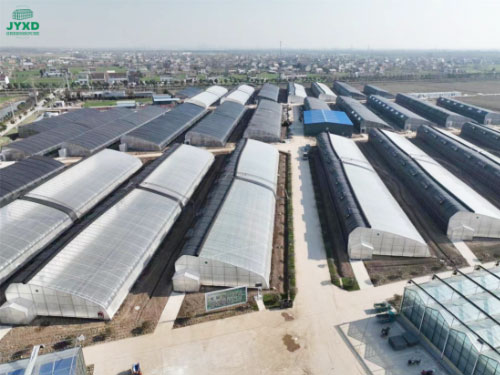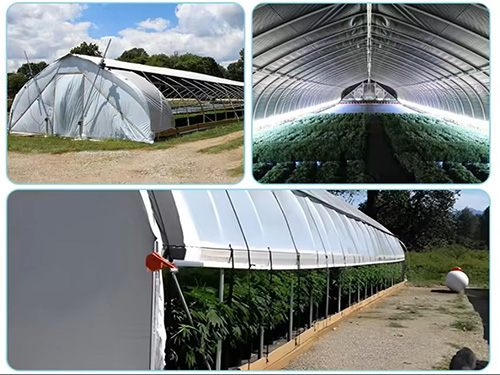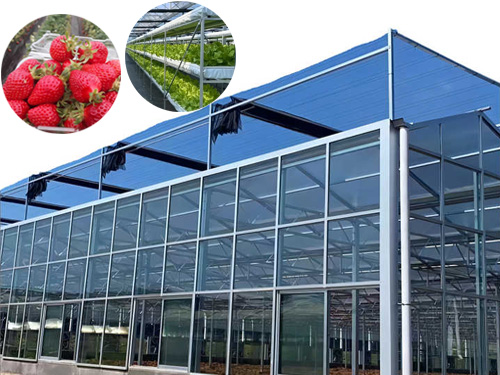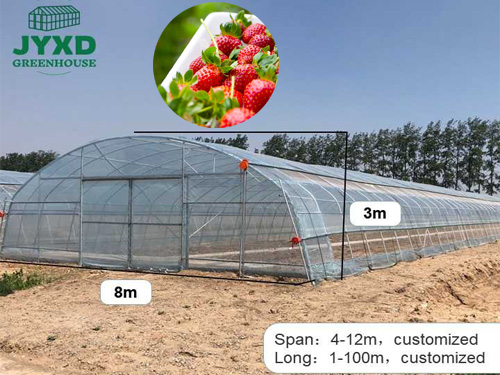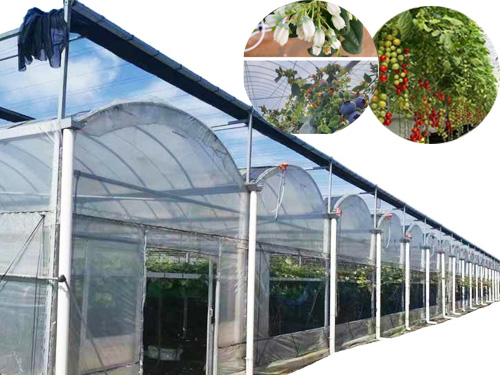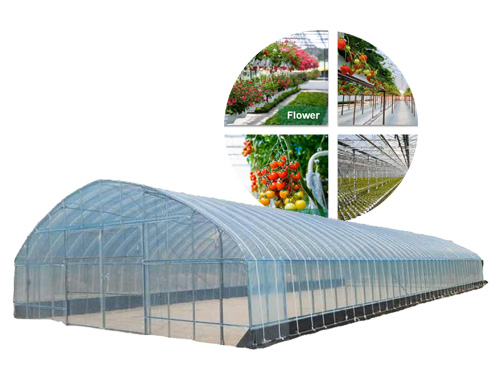NEWS DETAILS
NEWS INFORMATION
Educational Greenhouses: How to Use Greenhouses for Environmental Education and Science Outreach
AUTHOR:jyxd-greenhouse DATE:2024-12-28 01:29:44 HITS:198
As awareness of sustainability and environmental protection grows, greenhouses have become not only a place for cultivating crops but also an innovative platform for environmental education and science outreach. Educational greenhouses provide hands-on learning opportunities for students and the public in a real plant cultivation environment, helping them understand the importance of ecosystems, plant growth, and environmental protection. This article will introduce you to how to effectively use greenhouses for environmental education and science outreach activities.
What is an Educational Greenhouse?
An educational greenhouse is a special greenhouse that combines teaching and practical activities, aimed at demonstrating the scientific principles of plant growth, the importance of ecological balance, and agricultural technology applications by simulating a natural environment.
It not only offers a controlled learning environment but also stimulates participants’ interest in natural sciences through experiments and interactive activities.
Core Functions of an Educational Greenhouse
1. Ecosystem Demonstration
Through plant cultivation, water circulation, and soil management inside the greenhouse, it visually demonstrates the operation of a miniature ecosystem.
2. Scientific Experiments and Observation
Provides an experimental platform for students to conduct plant growth experiments, such as studying photosynthesis, the impact of soil moisture on plant growth, and more.
3. Environmental Protection and Sustainable Agriculture Education
Introduces participants to organic farming, greenhouse climate control technologies, and waste recycling methods.
4. Raising Environmental Awareness
Through practical activities, participants gain a deeper understanding of the importance of protecting the environment and conserving resources.
How to Use Greenhouses for Environmental Education and Science Outreach
1. Design Interactive Courses
Develop course content according to the needs of different age groups.
· Elementary School Level: Learn about the seed germination process, plant classification, and basic ecological knowledge.
· Middle School Level: Conduct experimental courses, such as studying the impact of greenhouse gases on plant growth.
· University Level: Combine professional knowledge to explore complex topics like agricultural technology, climate change, and biodiversity.
2. Conduct Practical Activities
· Planting Experience: Guide students to plant simple vegetables or flowers, experiencing the plant growth process firsthand.
· DIY Activities: Create small ecosystem bottles or mini greenhouses to learn about ecological cycles.
· Problem-Solving Challenges: Simulate real-world agricultural problems, such as pest control or adjusting temperature and humidity, and have students propose solutions.
3. Introduce Technological Equipment
· Sensors and Data Analysis: Use monitoring equipment to display greenhouse data, such as temperature, humidity, and carbon dioxide levels, allowing students to understand smart agricultural applications.
· Augmented Reality (AR) Technology: Provide a deeper learning experience by virtually showcasing plant root systems, photosynthesis, and nutrient cycling.
4. Organize Open Days and Themed Events
Regularly host science outreach events to engage families and communities.
· Greenhouse Science Exploration: Guide participants to explore how plants adapt to different environmental conditions.
· Environmental Workshops: Teach how to create planting tools or compost from waste materials.
· Seasonal Festivals: Combine seasonal themes, such as a spring planting festival or autumn harvest festival, to attract more public participation.
5. Address Social Issues
Through the educational function of the greenhouse, discuss global issues such as climate change, food security, and water resource management, fostering public responsibility for environmental protection.
Advantages of Educational Greenhouses
· Visual and Experiential Learning: Enhances learning outcomes through actual planting and experiments.
· High Flexibility: Courses and activities can be adjusted based on seasons or audience needs.
· Wide Coverage: Suitable for various groups, including students, agricultural enthusiasts, and general family members.
How to Build an Effective Educational Greenhouse
1. Site Selection and Design
Choose a well-lit, easily accessible location and design a multifunctional space suitable for teaching and practical activities.
2. Install Modern Equipment
Install smart temperature control, humidity control, and irrigation systems to support different types of experiments and demonstrations.
3. Train Professional Instructors
Assemble a team with expertise in agricultural technology and teaching skills to ensure high-quality educational activities.
4. Seek Partnerships and Support
Collaborate with schools, research institutions, environmental organizations, or companies to obtain funding and technical support, while expanding the impact of activities.
Long-Term Impact of Educational Greenhouses
Through promoting educational greenhouses, participants not only learn the scientific principles of plant growth but also develop an awareness of environmental protection and sustainability. This hands-on educational model helps cultivate the environmental consciousness and innovation skills of the next generation.
Conclusion
Educational greenhouses serve as a bridge connecting scientific knowledge with practical experience, offering a space full of possibilities for environmental education and science outreach. If you plan to build an educational greenhouse or need a customized solution, please contact our team. We offer comprehensive support to help you achieve the dual goals of education and environmental protection!
Hebei Juyou Xinda Greenhouse Facilities Co.,Ltd.
Copyright © 2024-2025 https://www.jyxd-greenhouse.com. All Rights Reserved Hebei Juyou Xinda Greenhouse Facilities Co.,Ltd.Copyright





 Current Location:
Current Location: